Home>Garden Essentials>When Do You Plant Morning Glory Seeds
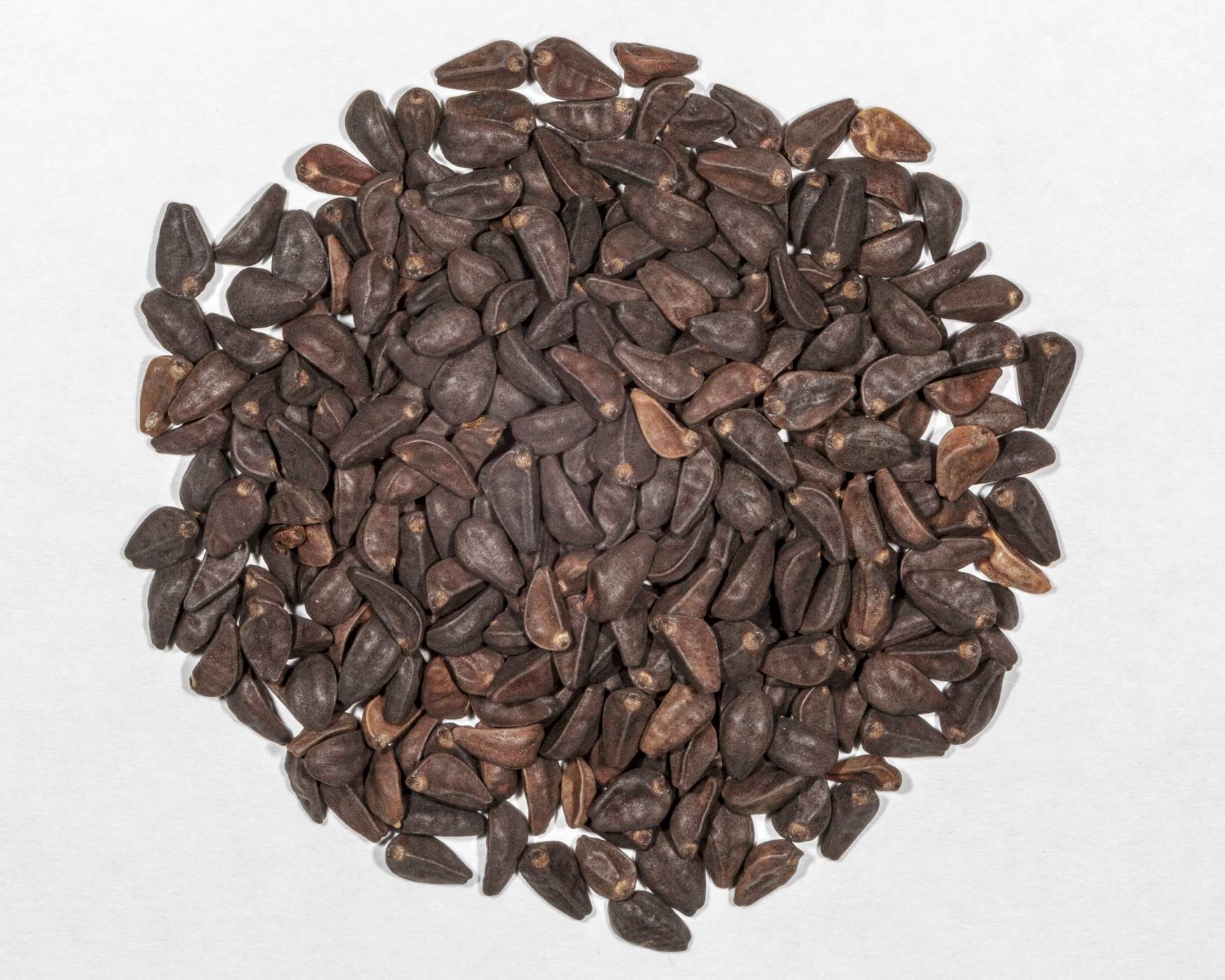

Garden Essentials
When Do You Plant Morning Glory Seeds
Modified: March 16, 2024
Looking to plant morning glory seeds in your garden? Find out the best time to start your gardening journey and watch your morning glories bloom!
(Many of the links in this article redirect to a specific reviewed product. Your purchase of these products through affiliate links helps to generate commission for Storables.com, at no extra cost. Learn more)
Introduction
Welcome to the world of morning glories! These charming and vibrant flowers have long been celebrated for their beauty and ability to brighten up any garden or landscape. If you’re a gardening enthusiast looking to add a touch of elegance to your outdoor space, planting morning glory seeds is a fantastic choice.
Morning glory seeds belong to the genus Ipomoea and are known for their large showy blooms. These flowers come in a range of dazzling colors, including shades of purple, pink, blue, and white. Beyond their aesthetic appeal, morning glories are also loved for their ability to attract butterflies, bees, and hummingbirds, making them a fantastic addition to any pollinator-friendly garden.
In this guide, we will explore the ins and outs of planting morning glory seeds, from understanding the seeds themselves to preparing the soil, and caring for the plants as they grow. By the end, you’ll have all the knowledge you need to successfully cultivate these stunning flowers in your garden.
So, let’s dive in and discover when and how to plant morning glory seeds and watch them transform your garden into a spectacular burst of color and life!
Key Takeaways:
- Plant morning glory seeds in spring after the last frost, ensuring soil temperature is above 50°F. Provide ample sunlight, well-draining soil, and sturdy support for their vigorous growth.
- Harvest mature morning glory seeds for future plantings. Store them in a cool, dry place and consider scarifying the hard outer coat for improved germination rates.
Read more: How Deep Do You Plant Morning Glory Seeds
Understanding Morning Glory Seeds
Before diving into the world of planting morning glory seeds, it’s essential to understand a few key aspects about these tiny gems. Morning glory seeds come in various shapes, sizes, and colors, making them intriguing from a botanical standpoint.
The seeds of morning glories are small and hard, typically resembling small pebbles. Their shape can vary, with some seeds being round or oval, while others may have a slightly pointed or heart-like shape. Many varieties of morning glories have seeds with a hard outer coat, which helps protect them and aids in germination.
One important thing to note is that morning glory seeds are poisonous if ingested in large quantities. The seeds contain naturally occurring compounds such as ergine and ergoline alkaloids. While a small number of seeds consumed accidentally shouldn’t cause significant harm, it’s crucial to keep them out of the reach of children and pets.
Additionally, it’s worth mentioning that morning glory seeds are often used for their psychoactive properties. Some individuals may use them for recreational purposes to induce altered states of consciousness. However, it’s important to note that this is not recommended, as the seeds can cause significant health risks and should never be used without proper guidance from a medical professional.
When purchasing morning glory seeds for planting, it’s crucial to buy them from a reputable source that specifically labels them for ornamental use only. This ensures that the seeds are not treated with any harmful chemicals and are safe for gardening purposes.
Now that we have a better understanding of morning glory seeds, it’s time to explore the factors you should consider before planting them in your garden.
Factors to Consider Before Planting Morning Glory Seeds
Before embarking on your morning glory planting journey, there are a few important factors to consider. By taking these factors into account, you can ensure the best possible conditions for your morning glories to thrive and flourish in your garden.
- Climate: Morning glories are typically grown as annuals in most regions, as they prefer warm weather conditions. They thrive in USDA hardiness zones 3 to 10. Before planting morning glory seeds, make sure to check the average last frost date in your area, as these flowers are sensitive to frost.
- Light requirements: Morning glories are sun-loving plants and require at least 6 to 8 hours of direct sunlight daily to grow and bloom vigorously. Before selecting a planting location, ensure it receives ample sunlight throughout the day.
- Soil type and fertility: Morning glories thrive in well-draining soil that is rich in organic matter. They can adapt to a variety of soil types, but prefer slightly acidic to neutral soil pH levels. Conduct a soil test to determine the pH and nutrient levels of your soil, and amend it accordingly with compost or organic fertilizers if necessary.
- Support structures: Morning glories are climbing vines and require a sturdy support structure such as trellises, fences, or arbors to grow vertically. Plan ahead and install the support structure before planting the seeds, ensuring it is secure and can withstand the weight of the vines.
- Space availability: Morning glories can grow and spread quickly, so it’s important to consider the available space in your garden. Take into account the height and spread of the variety you plan to grow and provide enough room for the plants to vine and spread their beautiful blooms.
By considering these factors, you can create an optimal environment for your morning glory seeds to thrive and produce stunning flowers. Once you have taken these factors into account, it’s time to determine the best time to plant morning glory seeds in your garden.
Best Time to Plant Morning Glory Seeds
Knowing the ideal time to plant morning glory seeds is crucial for their successful growth and blooming. While morning glories are considered warm weather annuals, the specific planting time can vary depending on your location and climate.
In general, it is best to wait until after the last frost date in your area to plant morning glory seeds. Frost can damage or kill the young plants, so it’s important to give them a frost-free environment to establish themselves.
The optimal time to plant morning glory seeds is typically in the spring, when the soil has warmed up and there is no longer a risk of frost. This allows the seeds to germinate and the plants to establish themselves before the peak summer heat.
If you live in a region with a long growing season and mild winters, you may also consider planting morning glory seeds in the late summer or early fall. This gives the plants a head start before the next growing season and allows them to establish strong root systems before the winter.
When planting morning glory seeds, it’s important to ensure that the soil temperature is consistently above 50°F (10°C) for successful germination. If the soil is too cold, the seeds may struggle to sprout and establish themselves.
Additionally, morning glories are rapid growers, and their vines can quickly become robust and sprawling. To control their growth and prevent them from becoming invasive, it’s best to plant morning glory seeds in an area with ample space or provide them with vertical supports, such as trellises or fences, where they can climb.
By planting morning glory seeds at the appropriate time and providing them with the necessary support, you can ensure that your plants have a strong start and are ready to display their stunning blooms when the time comes.
Now that we’ve covered the best time for planting morning glory seeds, let’s move on to selecting the right location in your garden for these beautiful flowers.
Choosing the Right Location for Planting Morning Glory Seeds
Selecting the ideal location for planting morning glory seeds is crucial for their growth and flowering. Morning glories thrive in sunny locations with well-draining soil. Here are a few key considerations to keep in mind when choosing the right spot in your garden:
Sunlight: Morning glories require at least 6 to 8 hours of direct sunlight each day to flourish. Choose a location that receives ample sunlight throughout the day, preferably with morning and afternoon sun exposure. Avoid planting them in areas that are heavily shaded by trees or buildings as this can hinder their growth and inhibit flower production.
Soil quality: Morning glories prefer well-draining soil that is rich in organic matter. They can tolerate a range of soil types, but it’s best to avoid heavy clay or waterlogged soil. If you have heavy clay soil, consider amending it with compost or organic matter to improve drainage and provide the right conditions for the plants to thrive.
Space considerations: Morning glories are vigorous climbers and can quickly spread and cover large areas. Choose a location that can accommodate their growth and provide ample space for the vines to climb. If you’re growing morning glories vertically on a trellis or fence, ensure that the structure is sturdy and can support the weight of the vines as they grow.
Proximity to other plants: Morning glories can become quite competitive and may smother and outcompete other plants if planted too close to them. Keep a good distance between morning glory plants and other vegetation to give them enough space to grow without overcrowding or overshadowing neighboring plants.
Consider the surroundings: Morning glories are stunning and visually striking. When choosing a location, think about the overall aesthetics of your garden and how morning glories can complement the existing landscape. They can be a beautiful addition to fences, arbors, or trellises, creating a vertical display of vibrant blooms.
By taking these factors into consideration and selecting the right location for planting morning glory seeds, you can provide the optimal growing conditions for these enchanting flowers. Once you’ve chosen the perfect spot, the next step is preparing the soil to ensure the best possible foundation for your morning glory seeds.
Read more: How To Plant Morning Glory Seeds
Preparing the Soil for Morning Glory Seeds
Preparing the soil before planting morning glory seeds is essential for creating a nutrient-rich and well-draining environment that will support the growth and development of the plants. Here are the steps to follow when preparing the soil for your morning glory seeds:
- Clear the area: Begin by clearing the area where you plan to plant the morning glory seeds. Remove any weeds, rocks, or debris that may hinder the growth of the plants. This will provide a clean and open space for your morning glories to thrive.
- Loosen the soil: Use a garden fork or a tiller to loosen the soil to a depth of about 8 to 10 inches. This will help improve drainage and aeration, allowing the roots of the morning glory plants to penetrate the soil easily and absorb nutrients effectively.
- Amend the soil: Morning glories prefer soil that is rich in organic matter. Add compost, well-rotted manure, or other organic materials to the soil. This will enhance its fertility, improve moisture retention, and promote healthy root growth. Incorporate the amendments into the loosened soil thoroughly.
- Test the soil pH: It’s recommended to test the soil pH to ensure it falls within the ideal range for morning glories, which is slightly acidic to neutral (pH 6.0 to 7.0). You can use a soil test kit or send a sample to a local agricultural extension office for analysis. If the soil pH is outside the preferred range, you can adjust it by adding amendments like lime to raise the pH or sulfur to lower it.
- Remove any remaining debris: Rake the soil surface to remove any remaining debris and smooth it out. This will provide a level surface for planting the morning glory seeds.
Once you have prepared the soil, it’s time to move on to planting the morning glory seeds and giving them the best start in your garden. But before you do, make sure to water the soil thoroughly to ensure it is adequately moist but not waterlogged.
Now that the soil is ready, let’s explore the process of planting morning glory seeds and helping them germinate and thrive.
Plant morning glory seeds outdoors after the last frost date in your area. They prefer warm soil, so wait until the soil temperature is at least 64°F (18°C). Plant in a sunny spot with well-drained soil.
Planting Morning Glory Seeds
Planting morning glory seeds is an exciting and rewarding process that allows you to witness the growth and bloom of these beautiful flowers. Follow these steps to ensure successful planting of your morning glory seeds:
- Choose the right time: As mentioned earlier, wait until after the last frost date in your area to ensure a safe planting time. Also, make sure the soil temperature is consistently above 50°F (10°C) for optimal germination.
- Soak the seeds: Some gardeners recommend soaking morning glory seeds in warm water overnight or scarifying them (lightly nicking the seed coat) to help speed up germination. This can be beneficial, especially for varieties with harder seed coats.
- Identify the planting location: Refer to the information mentioned earlier to select the ideal planting location for your morning glory seeds. Make sure it receives ample sunlight and has well-draining soil.
- Plant the seeds: Dig small holes or furrows in the prepared soil, about ½ to 1 inch deep. Space the holes or furrows according to the specific planting instructions on the seed packet, as spacing requirements may vary depending on the variety.
- Place the seeds: Drop one or two morning glory seeds into each hole or along the furrow. Cover them lightly with soil. If you are planting multiple rows, make sure to leave sufficient space between them for the vines to spread gradually.
- Water gently: Give the planted seeds a gentle watering with a watering can or a gentle spray from a hose. Avoid creating a stream of water that might disrupt the seeds or displace them. Keep the soil consistently moist but not waterlogged during the germination period.
- Mulch the area: Apply a thin layer of organic mulch, such as straw or shredded bark, over the planting area. This will help retain moisture in the soil, prevent weed growth, and regulate soil temperature.
- Monitor and care for the seedlings: Keep a close eye on the emerging seedlings. Once they reach a height of a few inches, thin them out if they are too close together, leaving the strongest and healthiest plants. Ensure they receive adequate water, and keep them protected from pests and extreme weather conditions.
With proper planting and care, your morning glory seeds will germinate and grow into strong, vibrant vines adorned with stunning blooms. Let’s explore how to care for morning glory plants to ensure their continued health and beauty.
Caring for Morning Glory Plants
Once your morning glory seeds have germinated and started to grow, it’s important to provide them with the proper care to ensure their health and encourage abundant blooms. Here are some essential tips for caring for your morning glory plants:
- Watering: Morning glories need regular watering to thrive. Keep the soil evenly moist, but be cautious not to overwater, as excessive moisture can lead to root rot. Water deeply, ensuring the root zone is adequately saturated, especially during dry spells.
- Fertilizing: Morning glories are not heavy feeders, but they can benefit from periodic fertilization. Apply a balanced organic fertilizer or a slow-release fertilizer according to the manufacturer’s instructions. Avoid over-fertilizing, as this can lead to excessive foliage growth at the expense of flowers.
- Pruning: While morning glories don’t require extensive pruning, you can trim back any excessive growth or unruly vines. Pruning can help encourage bushier growth and control the shape and size of the plants. Remove any dead or damaged leaves or stems as necessary.
- Support: As the morning glory vines grow, make sure to provide them with the necessary support. Train the vines to climb on trellises, fences, or other structures, gently guiding them as they grow. Avoid allowing the vines to grow onto delicate plants or structures that may be damaged by their vigorous growth.
- Weed control: Regularly weed the area around your morning glory plants to prevent competition for nutrients and resources. Be careful when weeding to avoid damaging the shallow root system of the morning glories.
- Pest control: Morning glories are generally resistant to pests and diseases. However, keep an eye out for common garden pests like aphids, snails, and slugs. If necessary, treat pest infestations using organic pest control methods or insecticidal soaps to avoid harm to beneficial insects or pollinators.
- Support pollinators: Morning glories attract butterflies, bees, and hummingbirds with their vibrant blooms. Create a pollinator-friendly garden by planting other nectar-rich flowers nearby. This will not only enhance the beauty of your garden but also support the local ecosystem.
Caring for your morning glory plants with regular watering, appropriate feeding, and maintenance will help ensure their health and longevity. With proper care, you can enjoy a flourishing display of colorful blooms and the delightful presence of pollinators in your garden.
However, like any plant, morning glories can face challenges. Let’s explore some common problems and their solutions to help you troubleshoot any issues that may arise.
Common Problems and Solutions
While morning glory plants are generally resilient, they can still face certain challenges that may affect their growth and appearance. Here are some common problems you may encounter when growing morning glories and their possible solutions:
1. Lack of blooming: If your morning glories are not producing blooms, it may be due to insufficient sunlight. Make sure they are getting at least 6 to 8 hours of direct sunlight per day. Additionally, over-fertilization with high-nitrogen fertilizers can result in lush foliage growth but minimal flowering. Adjust the fertilization routine to ensure a balanced feeding approach with phosphorus-rich fertilizers, which promote flowering.
2. Slow growth or stunted plants: Poor soil conditions or lack of nutrients can lead to slow growth or stunted plants. Ensure that the soil is well-draining, nutrient-rich, and adequately amended with organic matter. If necessary, apply a balanced organic fertilizer to provide the plants with the nutrients they need.
3. Pests and diseases: While morning glories are generally resistant to pests and diseases, they can occasionally be susceptible to common garden pests such as aphids, snails, or slugs. Handpick pests or use organic pest control methods to eliminate them. Regularly inspect the plants for any signs of infections or diseases, such as powdery mildew or fungal spots, and take appropriate measures such as pruning affected parts and improving air circulation.
4. Invasive growth: Morning glories are vigorous climbers and can become invasive if not properly managed. To prevent them from taking over your garden or neighboring plants, regularly prune and control their growth. Trim back excessive vines and remove any seed pods before they have a chance to scatter seeds.
5. Poor germination: If your morning glory seeds are not germinating well, it may be due to factors such as improper soil temperature or poor seed quality. Ensure that the soil temperature is consistently above 50°F (10°C) and provide adequate moisture during the germination period. If poor germination persists, consider purchasing fresh, high-quality seeds from a reputable supplier.
6. Wind damage: Morning glory vines can be susceptible to wind damage, especially if they are grown on trellises or structures that are not secure. Ensure that any supports are firmly anchored to prevent the vines from being easily broken or damaged during strong winds.
By being proactive and addressing these common problems promptly, you can maintain the health and vitality of your morning glory plants, allowing them to thrive and create a stunning display of blooms in your garden.
Now that we’ve covered common problems and solutions, let’s move on to the process of harvesting morning glory seeds and preserving them for future plantings.
Read more: How To Eat Morning Glory Seeds
Harvesting Morning Glory Seeds
Harvesting morning glory seeds is an enjoyable and rewarding process that allows you to save seeds for future plantings or share them with others. Here’s a step-by-step guide on how to harvest morning glory seeds:
- Wait for seed pods to mature: Morning glory flowers will produce seed pods after they have finished blooming. Allow these seed pods to fully mature and dry on the vine. The pods will turn brown and become brittle as they dry out.
- Monitor seed pod development: Keep a close eye on the seed pods’ development to ensure you harvest them at the right time. Wait until the pods are fully dry and starting to split open naturally.
- Collect the seed pods: Once the seed pods are ready for harvesting, carefully remove them from the vine. It’s best to wear gloves to protect your hands, as some Morning Glory varieties can have prickly seed pods.
- Open the seed pods: With your fingers or a small knife, gently open the dried seed pods. Inside, you will find small, flat, and dark-coloured morning glory seeds. The seeds are generally black, brown, or gray, depending on the variety.
- Remove the seeds: Separate the seeds from the seed pods by gently shaking or tapping the pods over a piece of paper or container. Be thorough to collect all the seeds for future use.
- Store the seeds: Once you have collected the morning glory seeds, store them in a cool, dry place. Place the seeds in a labeled envelope or airtight container to keep them safe from moisture and pests. Don’t forget to label the container with the variety and the harvest date for future reference.
It’s important to note that morning glory seeds have a hard outer coat, which can make germination difficult. To improve germination rates, some gardeners scarify the seeds by lightly scratching or filing the outer seed coat before planting.
By harvesting and properly storing your morning glory seeds, you can continue to enjoy these stunning flowers in your garden year after year, or share them with friends and fellow gardeners to spread their beauty.
With this guide, you now have all the information you need to successfully plant, care for, and harvest morning glory seeds. These exquisite flowers are sure to bring vibrancy and charm to your garden, attracting pollinators and adding a touch of elegance to your outdoor space. Happy gardening!
Conclusion
Morning glories are truly enchanting flowers that can add beauty and vibrancy to any garden. With their stunning blooms and ability to attract pollinators, they are a wonderful choice for gardeners looking to create a captivating outdoor space. By following the guidelines and tips provided in this article, you now have the knowledge to successfully plant, care for, and harvest morning glory seeds.
Understanding morning glory seeds, considering the factors before planting, choosing the right location, preparing the soil, and providing proper care are all essential steps in ensuring the success of your morning glory plants. From selecting the best time to plant the seeds to providing them with the right amount of sunlight, water, and nutrients, each step plays a crucial role in helping your morning glories thrive.
While common problems like lack of blooming, slow growth, or pests and diseases may arise, knowing the solutions will empower you to address these issues effectively. Harvesting morning glory seeds adds another dimension to your gardening experience, allowing you to collect and preserve seeds for future plantings or to share with others.
Remember, gardening is a journey of cultivating life and beauty. It requires patience, care, and the ability to adapt to the ever-changing needs of your plants. Consider incorporating morning glories alongside other flowering plants to create a diverse and visually stunning garden.
So, take the knowledge you’ve gained from this article, put it into practice, and watch as your garden is transformed into a haven of colorful morning glory blooms. Enjoy the process, embrace the rewards, and savor the beauty that these remarkable flowers bring to your outdoor space.
Happy gardening!
Frequently Asked Questions about When Do You Plant Morning Glory Seeds
Was this page helpful?
At Storables.com, we guarantee accurate and reliable information. Our content, validated by Expert Board Contributors, is crafted following stringent Editorial Policies. We're committed to providing you with well-researched, expert-backed insights for all your informational needs.
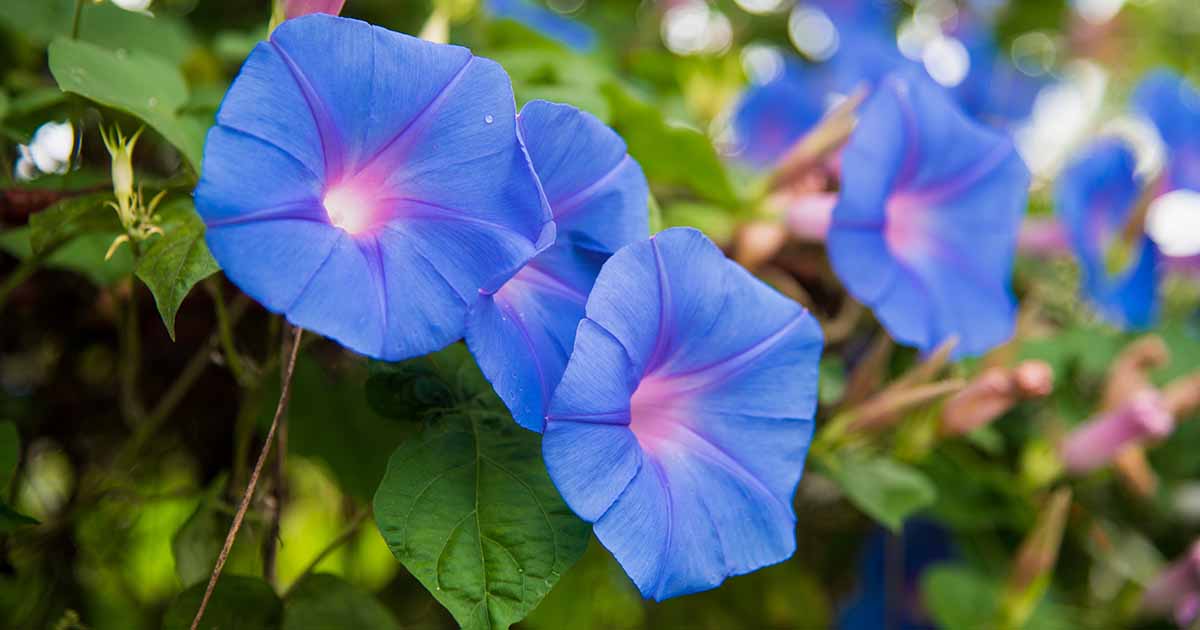
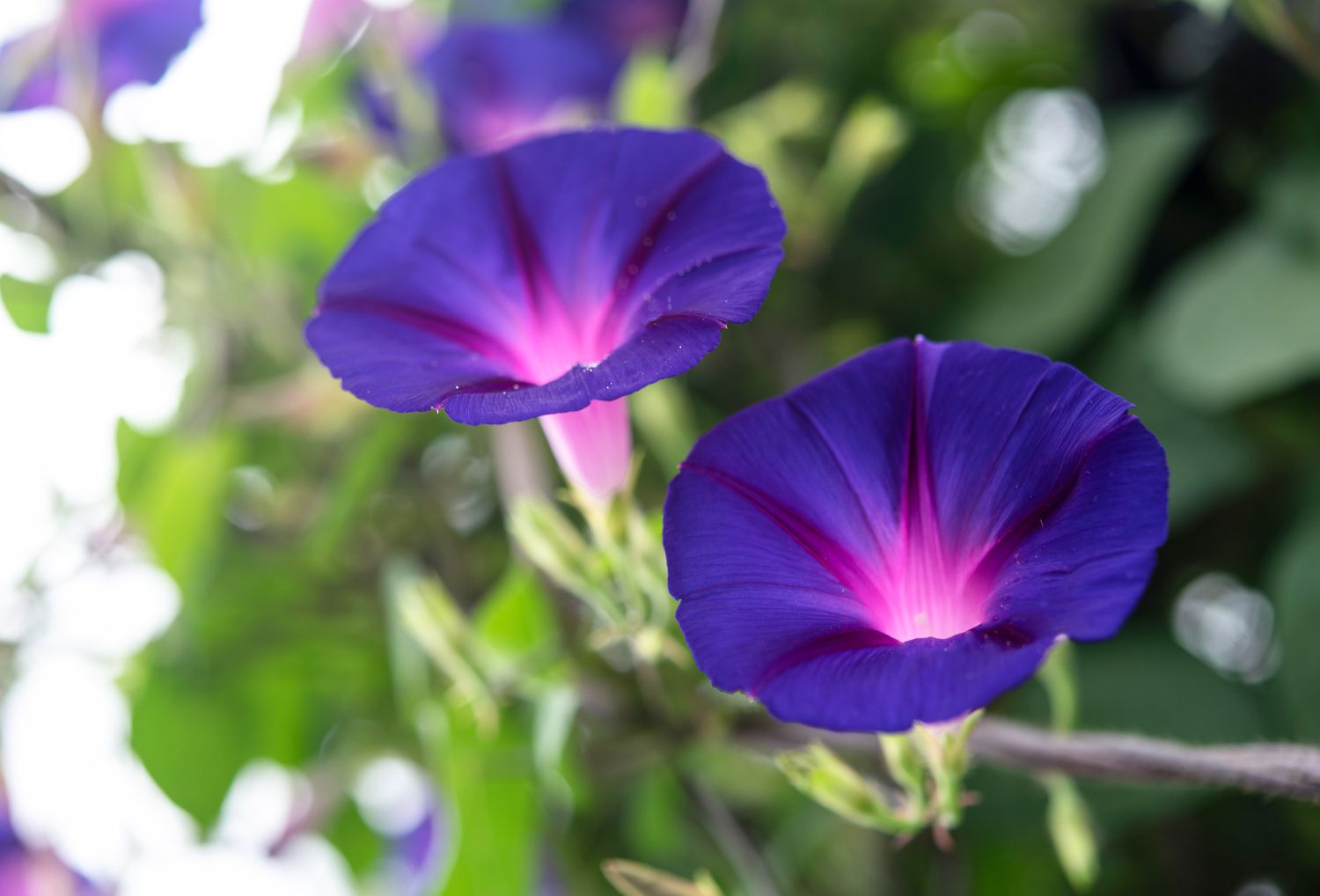
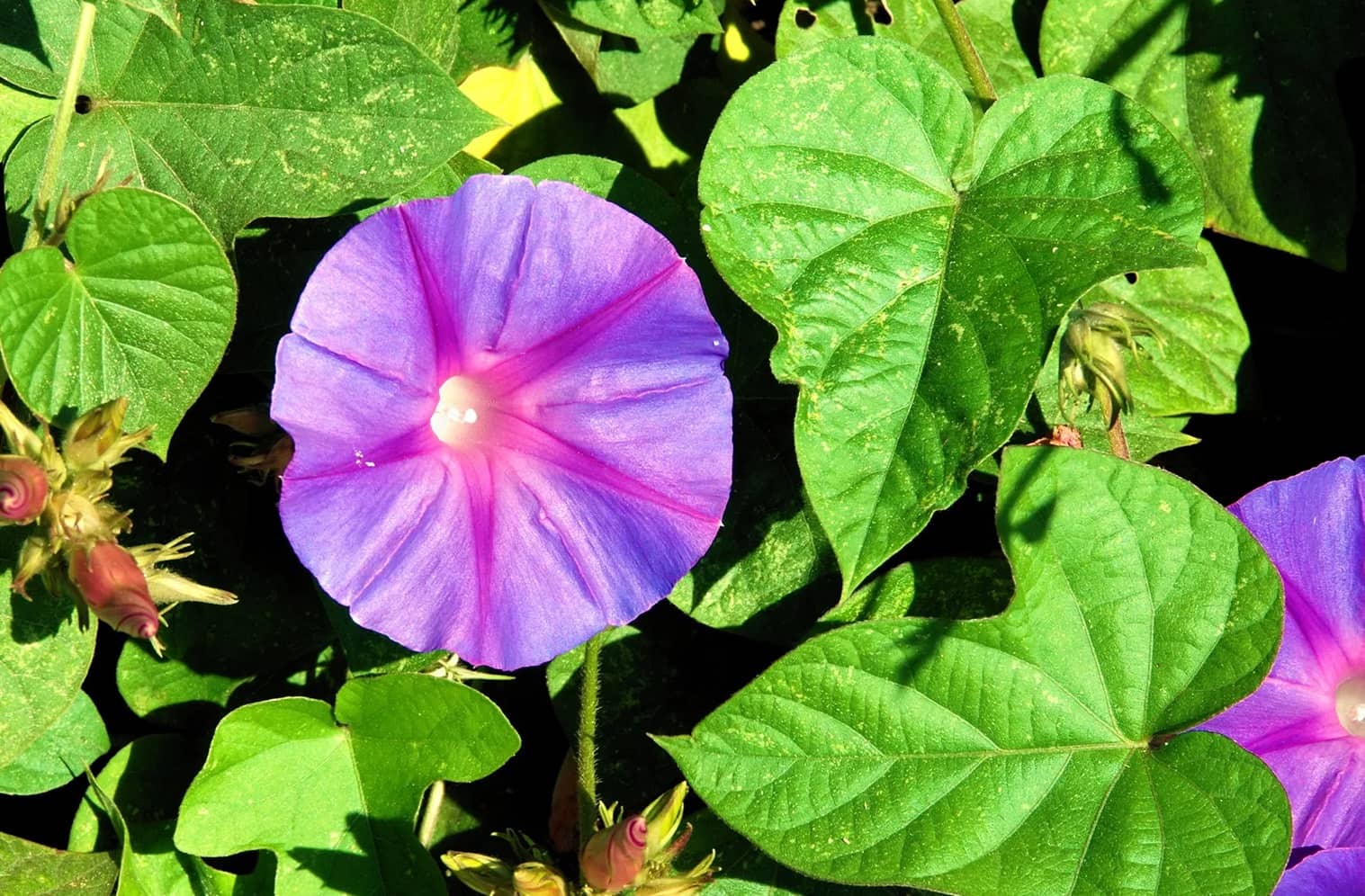
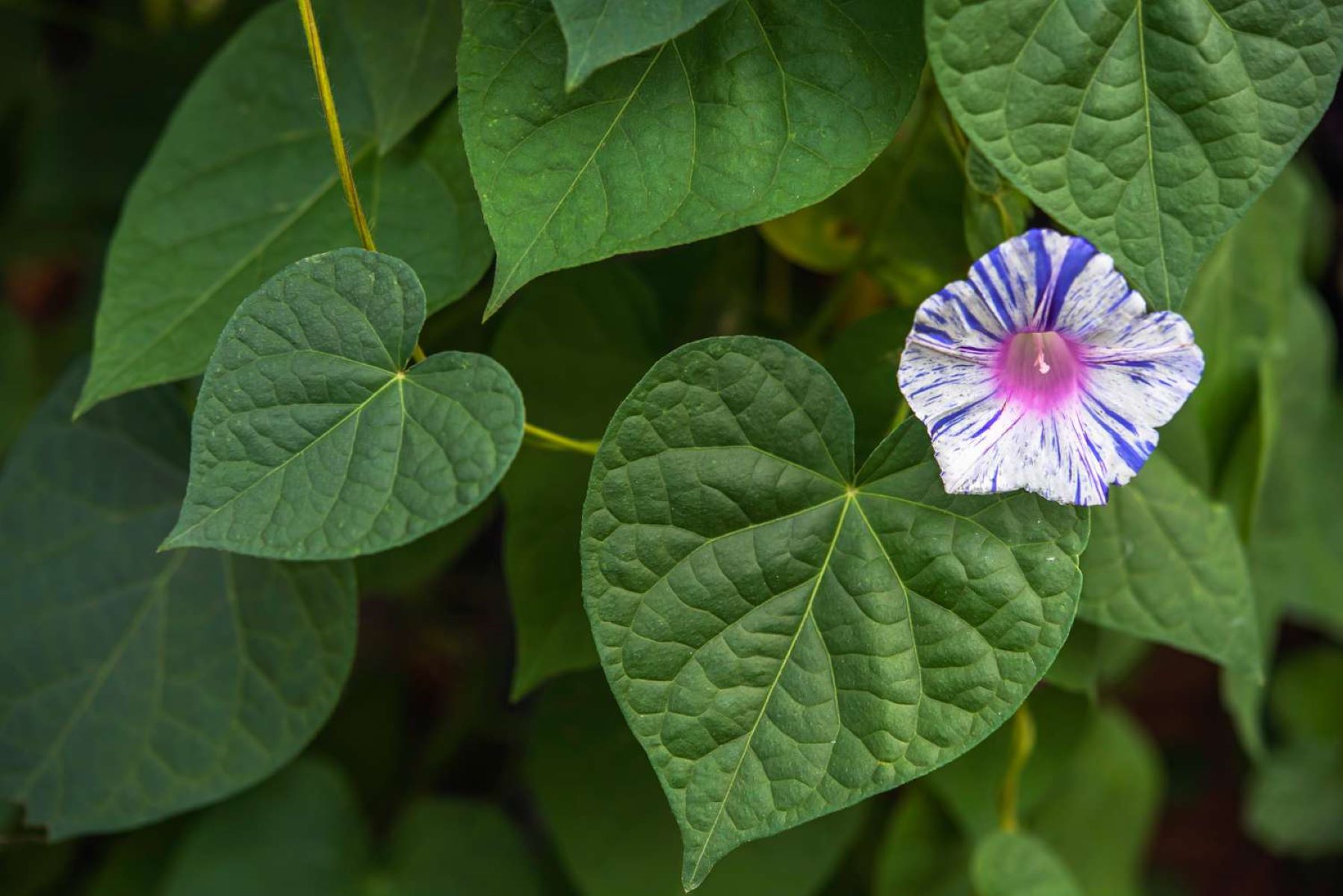
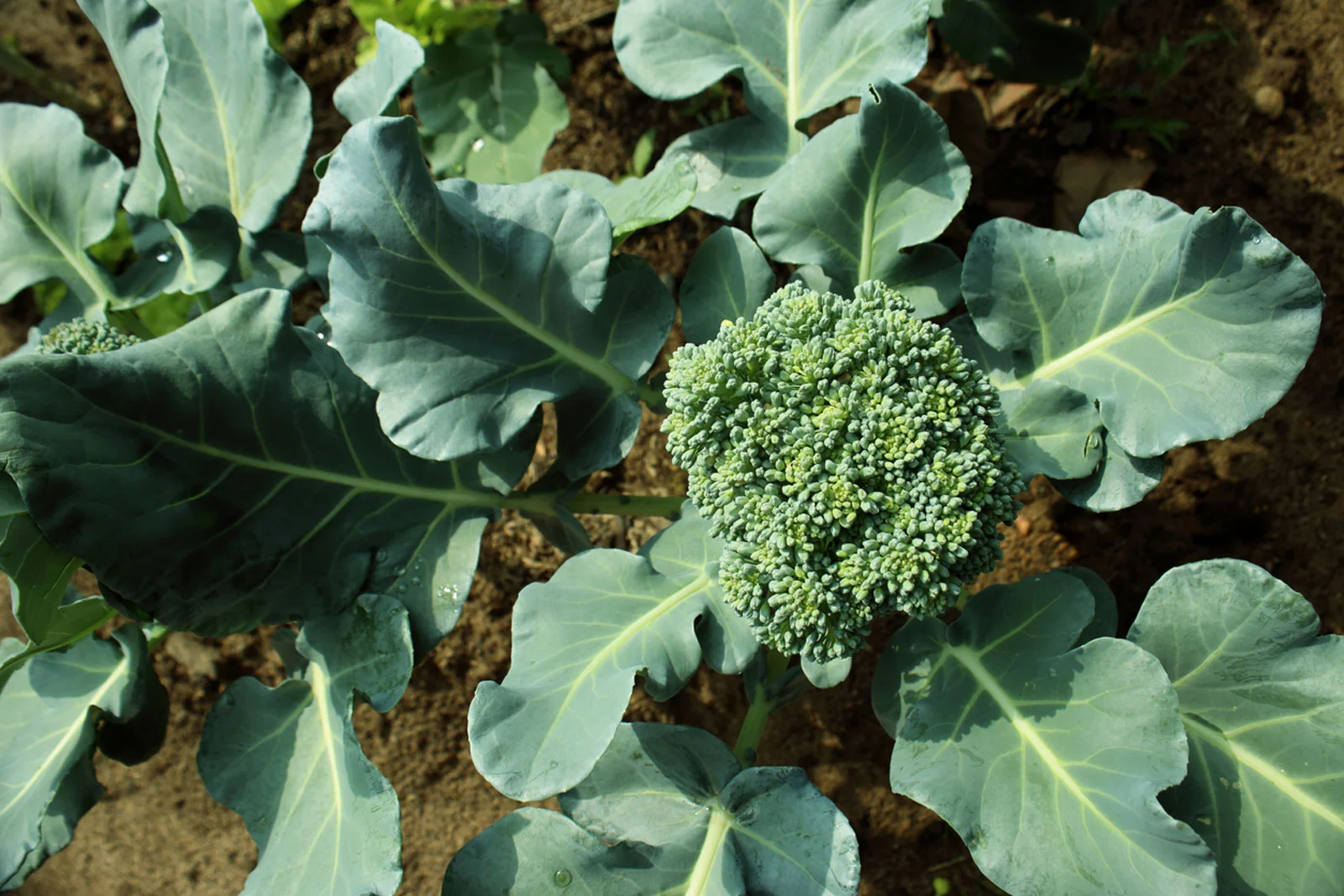
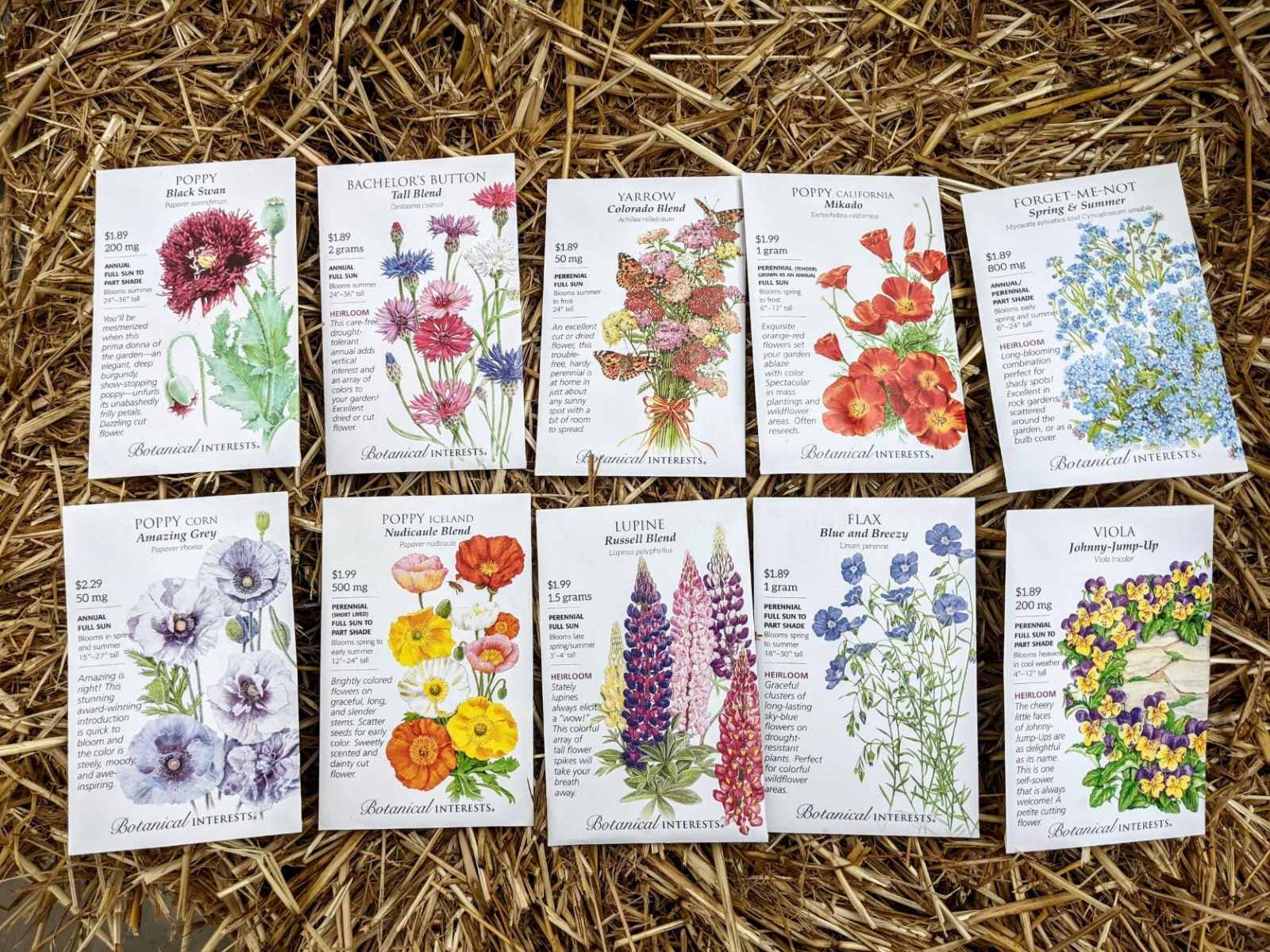
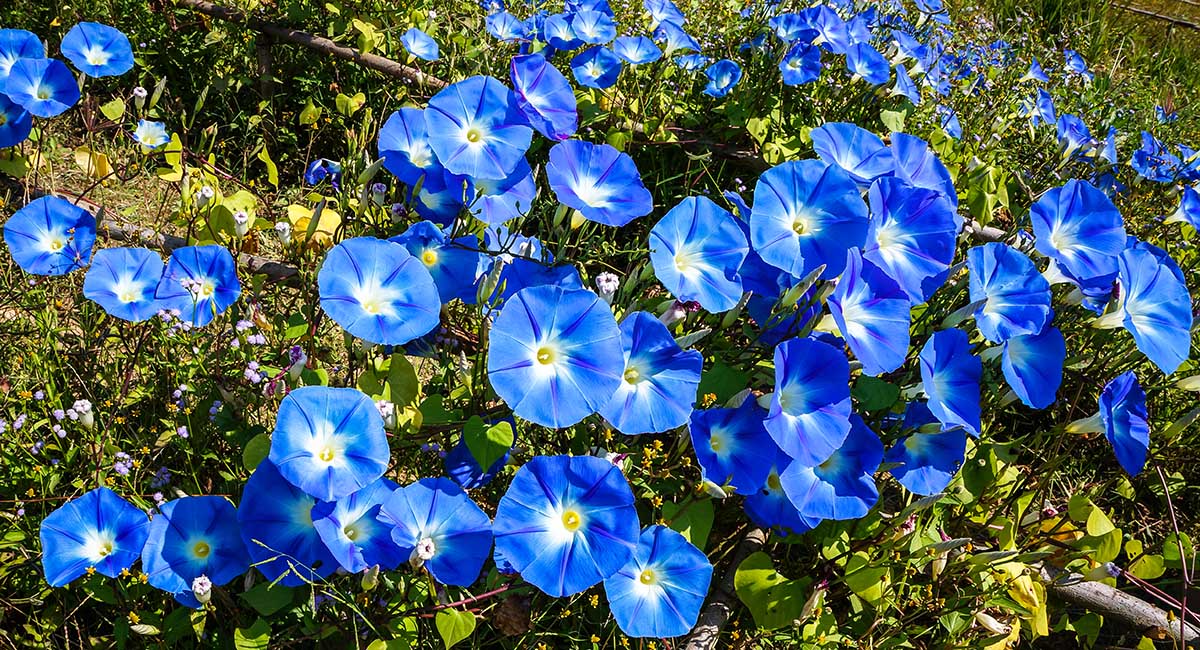
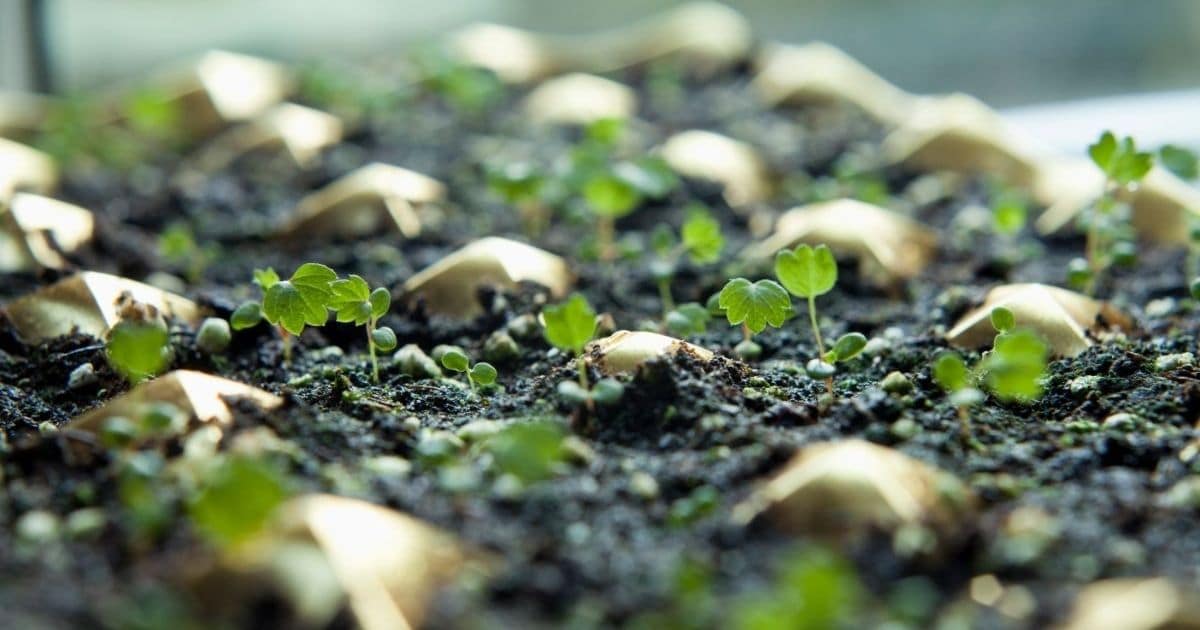
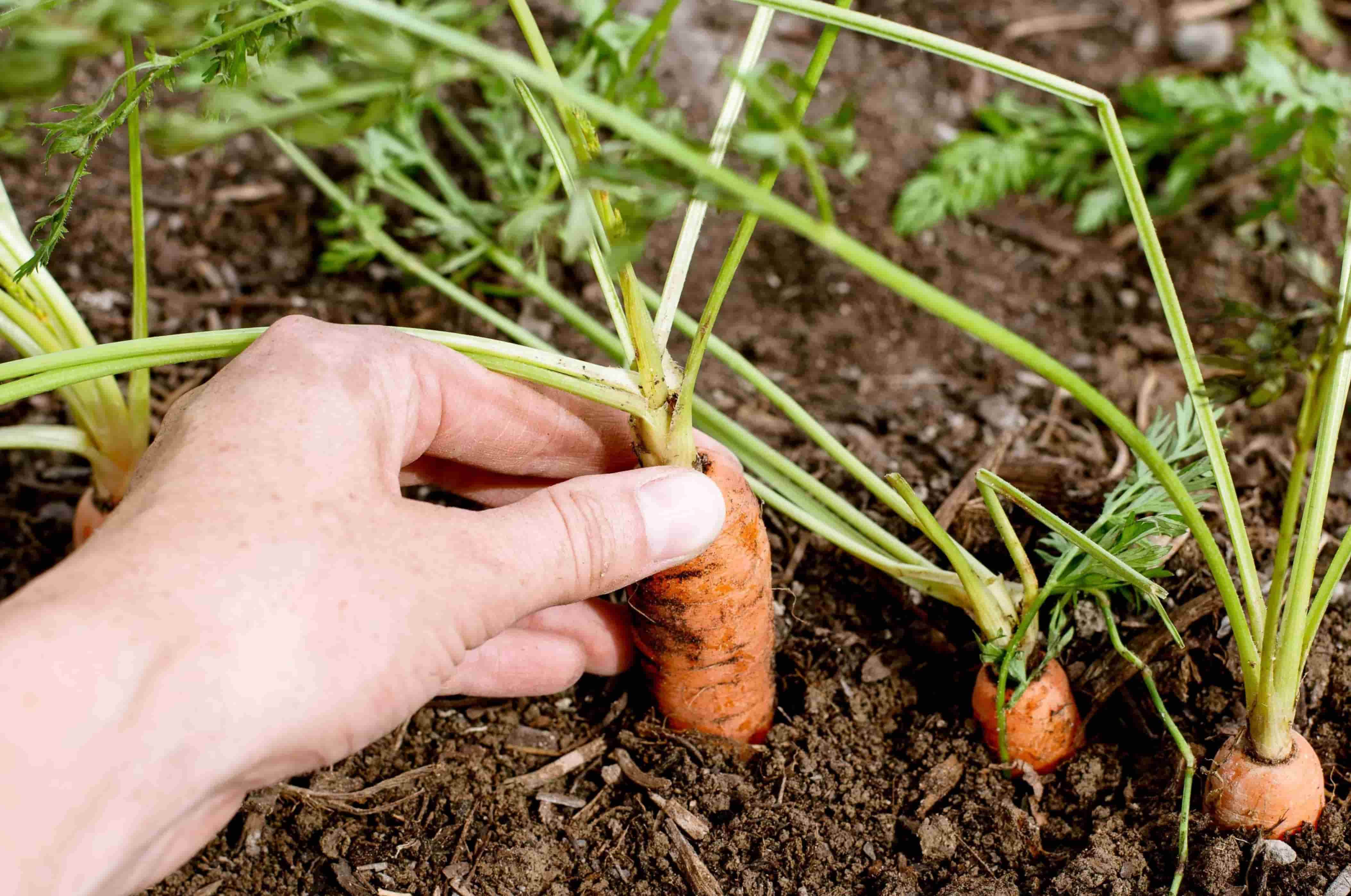
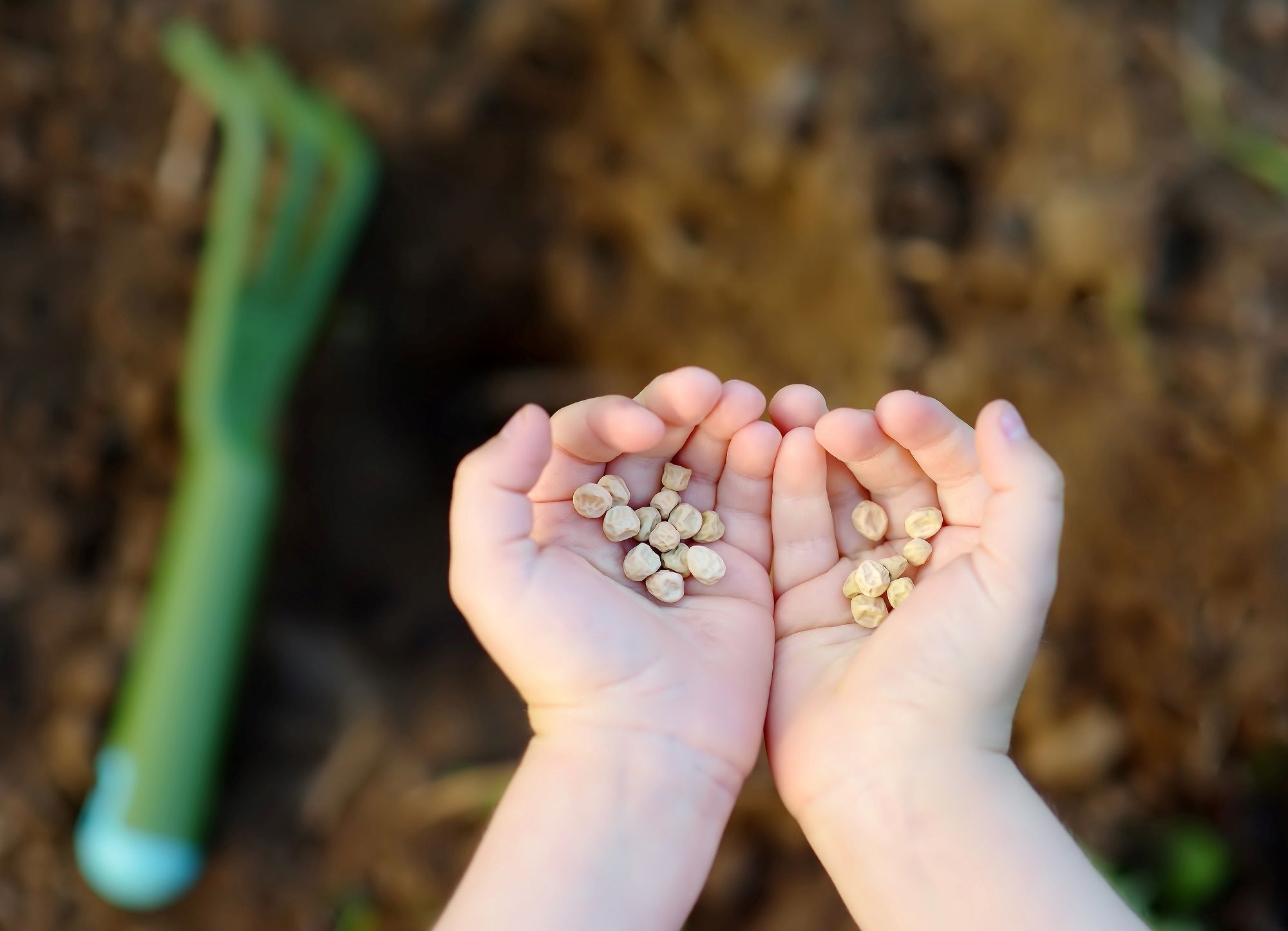
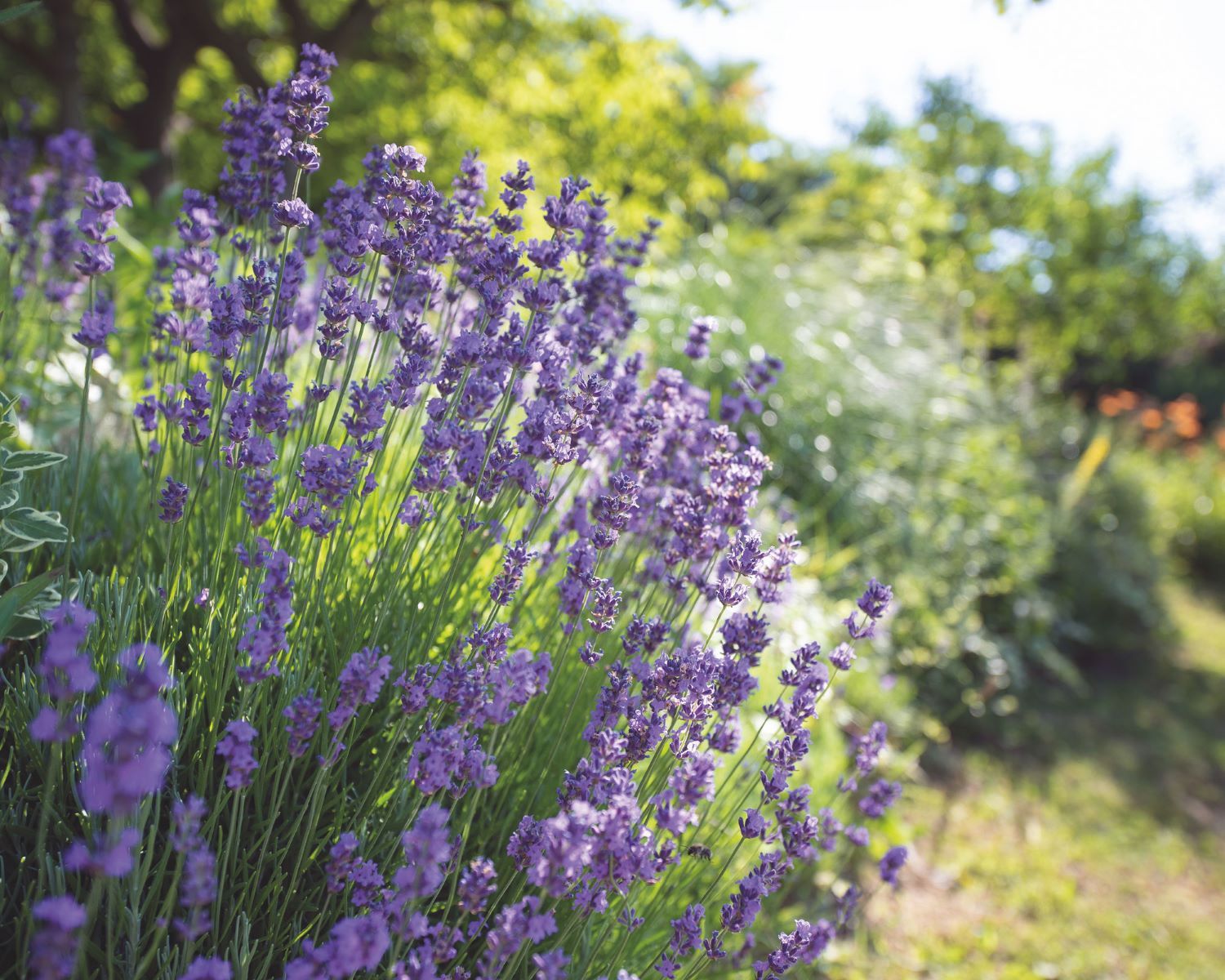
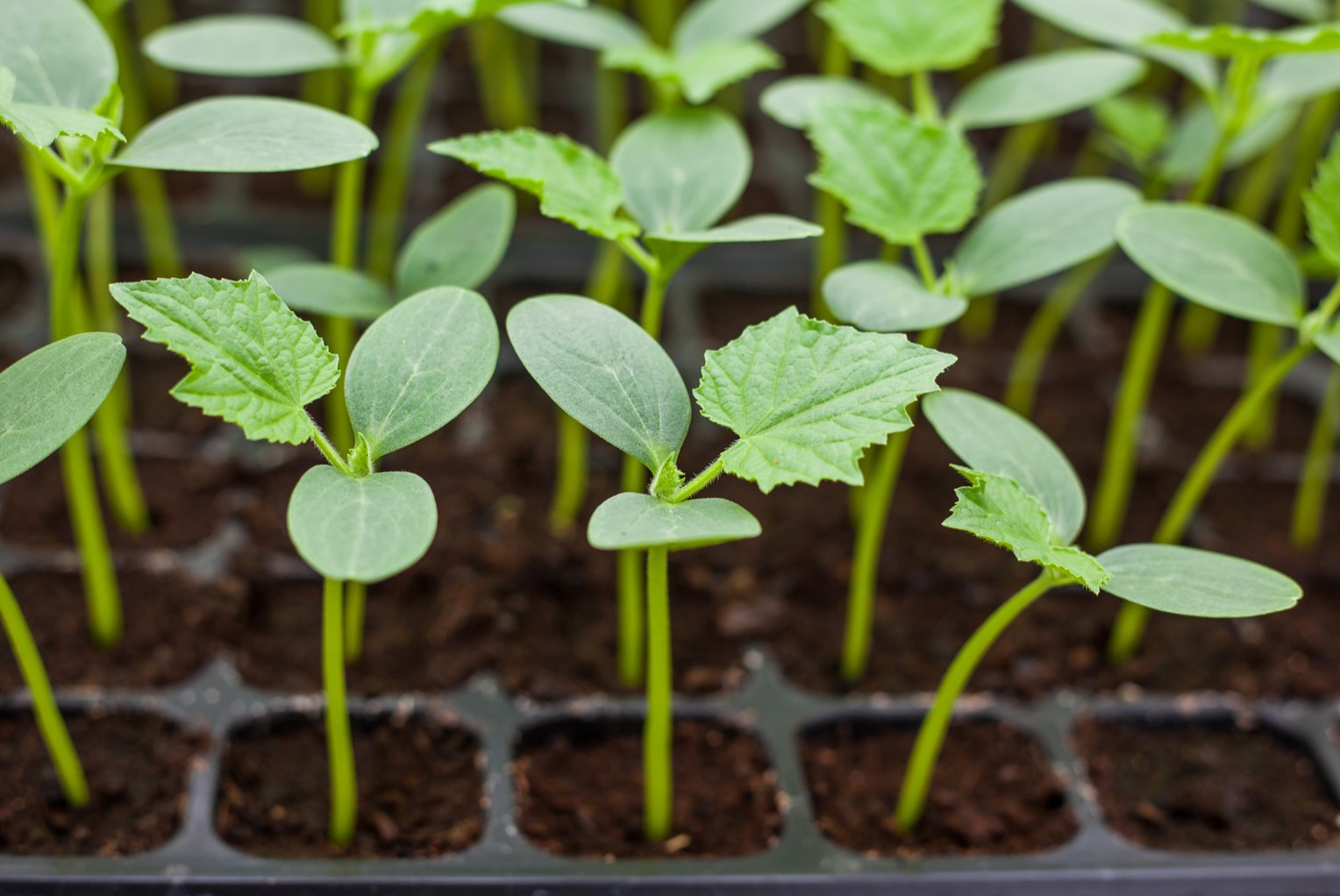
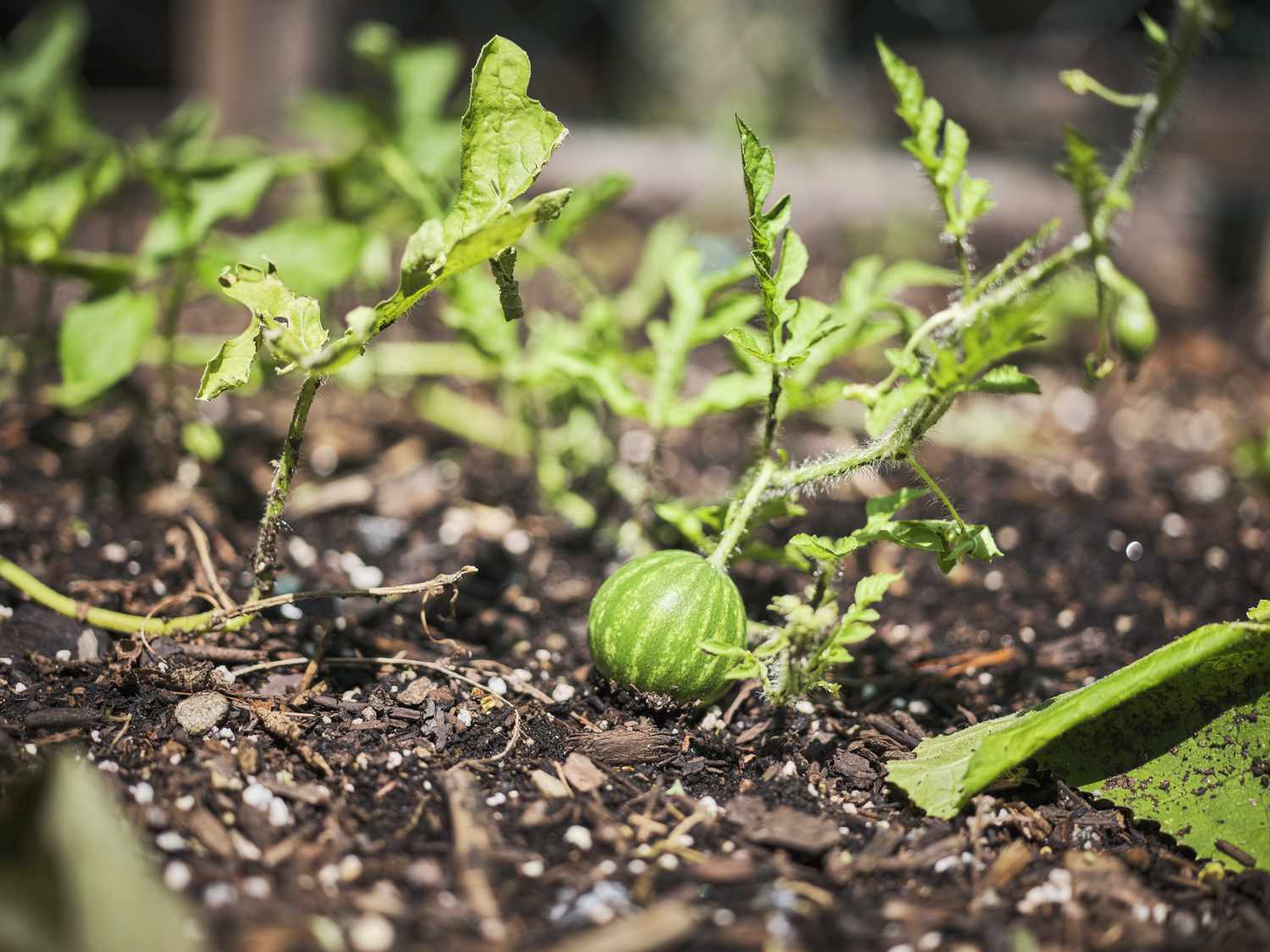

0 thoughts on “When Do You Plant Morning Glory Seeds”